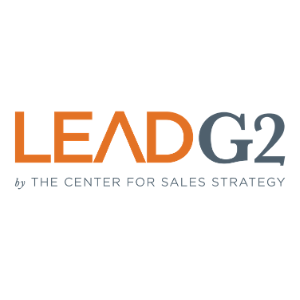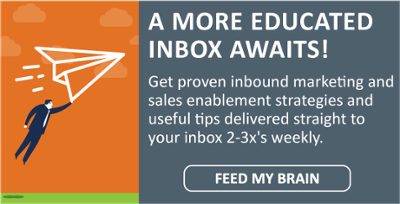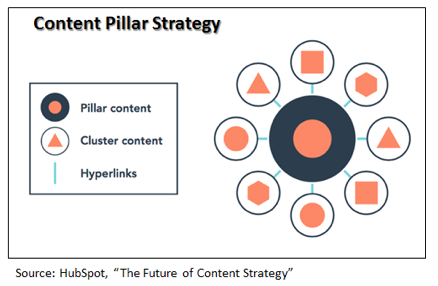Inbound Marketing is a Strategy, Not a Channel or Technology
In days gone by, the average shelf life of a marketer in a professional services firm was about 27 minutes. OK, you got me … maybe it was a little bit longer, like 54 minutes, but the truth was that marketers didn’t stick around because of a lack of appreciation due mostly to the marketing illiteracy of partners.
Well, over time that’s become less and less true (I think) but today, wails and lamentations of professional services marketers can be heard everywhere. That’s because their job has suddenly become incredibly complicated, and they are having trouble getting partners to devote more resources for dealing with the strange, new environment of developing business in a digital era.
With so many different marketing tactics available, with the explosion of digital channels to do promotion, with partners demanding more and more measurable ROI from marketing, the professional services firm marketer’s job is reaching an unparalleled level of complexity. (Not to add to your misery, but it’s only going to get more complex … sorry!)
One of the reasons why marketing is becoming ever so much more complex is the advent and dramatic rise of inbound marketing. More firms are shifting strategic and tactical resources into this approach, and consequently, I believe that it’s a game changer for accounting, consulting and other types of professional services firms.

Top 10 Lessons from the 2013 State of Inbound Marketing Report
Recently, HubSpot published the 2013 State of Inbound Marketing Report. (You can get the full report here.) In addition to having tons of data, there are a number of deep insights which professional services marketers should heed, like these top 10 lessons:
- Inbound is real, and it shows remarkable traction for such a new industry
- Inbound also delivers on its ROI promises, providing more and cheaper leads that convert at higher rates
- Traditional marketing is fading
- We need to better define what inbound marketing is – and how to measure certain activities
- As a holistic approach, inbound helps target a fragmented digital audience and making marketing more profitable
- Inbound has shifted where marketers spend time, and automation helps them work smarter
- Inbound marketing is not a channel or a technology, it’s a strategy
- It’s a good time to be a customer
- It’s also a great time – if a potentially exhausting one – to be an inbound marketer:
- Content is a critical, but not standalone, inbound marketing component
What’s Next?
According to the report, inbound marketing faces a number of challenges, from getting more executive buy in to proving inbound marketing’s ROI. Installing an inbound marketing program in a professional services firm is even more challenging because of traditional slow adoption of innovative marketing approaches, and the proclivity of partners to depend on 1:1 marketing for business development.

My advice to marketers and marketing committees: prioritize and move slowly but steadily.
A full blown inbound marketing program has a significant number of moving pieces, and it will most likely not be feasible to install all of these at the same time. Instead, develop a long range implementation plan that calls for an investment into an inbound marketing program over time, starting with some basic infrastructure.
Start with strategy. Determine what makes you remarkable. Define the persona and target markets you wish to reach. Build a marketing plan around specific quantitative goals and objectives, and assess what infrastructure you have in place (i.e. marketing database) for reaching those goals. Make sure your strategy reflects a combination of 1:1 marketing, along with other traditional marketing activities that have proven to be successful, and then add inbound marketing activities like SEO improvements and content marketing to the mix.
Next, build your infrastructure, in particular, an optimized webs site that will become the hub of your marketing efforts. It’s a good idea to launch a new web site with a new blog capability. And don’t forget that a key part of infrastructure is a clean marketing database and a dependable email capability.
Concurrent with this, you’ll want to purchase marketing technology like HubSpot that will give you all of the tools you’ll need to develop and maintain an inbound marketing program, including a website CMS system, blogging platform, email platform, and of particular importance, a metric platform that will become a centerpiece of the way you guide your marketing program.
With this basic infrastructure program in place, you can now turn to lead generation, developing and promoting different types of offers on your website, via email, and through social media accounts.
Then, you can get even more sophisticated with greater use of social media, segmented content marketing, automated drip campaigns, and the like, but these are tools and approaches for a discussion at a later date.
If you haven’t started down the path of inbound marketing, there’s no time like the present. Crawl, walk, and then run, but don’t hesitate to start your journey.
.png)








Leave a Comment